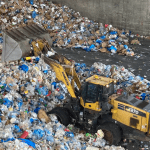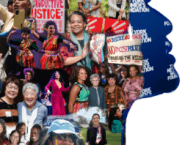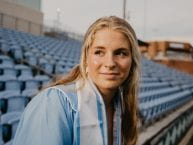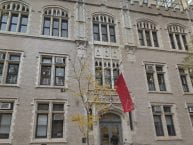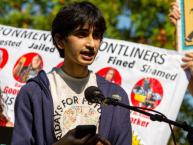
“Death to the Living, Long Live Trash” is an Exhibit in the Brooklyn Museum all about art that was created from reused plastic waste that was found on the beach. The artist, Duke creates beautiful mosaic-type pieces that are made of 100% found plastic and is is pictured above. His genius uses of different materials blows me away and my favorite piece of his is the different fishing lures that he made from different common plastic trash Like the lure made from the Juicy Drop Pop. He also makes scrimshaws by using plastic bottles instead of whale bones. They where so convincing that it was almost impossible to tell what is real and what he made.
All of his work has made me reflect on the amount of plastic that I use and it makes me take a step back and think about how I could use it instead of recycling it or throwing it away. It inspired me to think outside of the box when it comes to art or any other activity and try to use unconventional materials to make something that is inspiring and beautiful.
